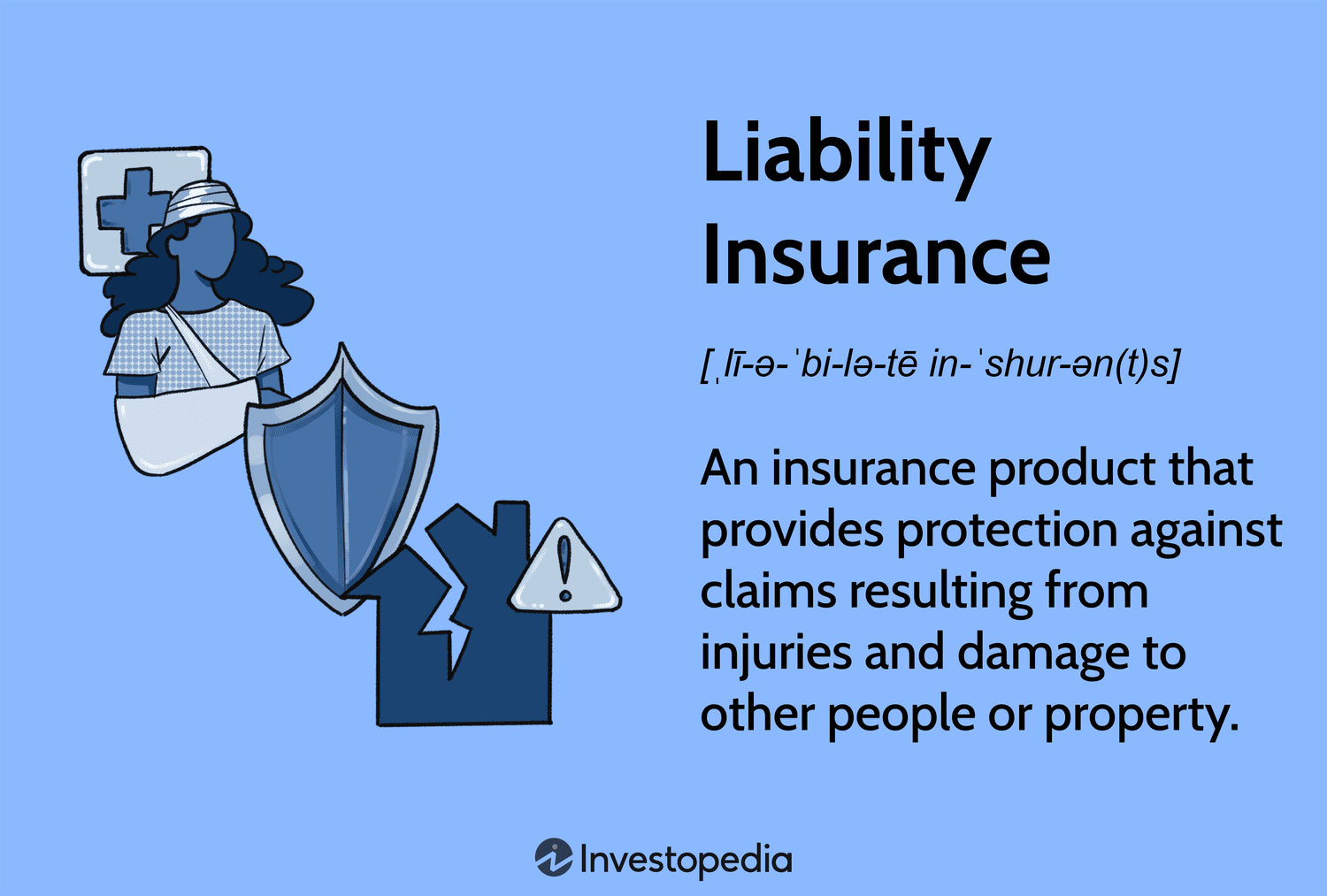Introduction
Disability insurance is a critical aspect of social protection, Disability Insurance In the USA And Bangladesh provides financial support to individuals who are unable to work due to disabilities. While the concept of disability insurance exists in various forms around the world, this essay will focus on comparing disability insurance systems in the United States and Bangladesh. These two countries have distinct approaches to disability insurance, reflecting differences in their economic, Disability Insurance In The USA And Bangladesh social, and political contexts.
Disability Insurance in the United States:
The United States has a complex and multifaceted system of disability insurance. Disability Insurance In The USA And Bangladesh The primary program that provides disability benefits is the Social Security Disability Insurance (SSDI) program, which is administered by the Social Security Administration (SSA).
Eligibility and Benefits:
To qualify for SSDI benefits, individuals must have a qualifying disability that is expected to last at least 12 months or result in death.
Eligibility is also based on the individual’s work history and the number of work credits earned. The more work credits an individual has, the higher their potential benefit amount.
SSDI benefits are not means-tested, meaning that eligibility is not dependent on income or assets. However, there is a waiting period before benefits begin, typically five months after the onset of the disability.
Funding and Administration:
SSDI is funded through payroll taxes, Disability Insurance In The USA And Bangladesh with workers and employers contributing to the Social Security system.
The SSA administers SSDI, and the application process can be lengthy and complex, often requiring medical evidence and legal assistance.
Challenges and Criticisms:
The SSDI program has faced challenges such as a growing backlog of disability claims, leading to delays in processing applications.
Critics argue that the eligibility criteria are too strict, and the application process can be daunting for individuals with disabilities.
Supplemental Security Income (SSI):
Disability Insurance In The USA And Bangladesh
In addition to SSDI, Disability Insurance In The USA And Bangladesh, the United States also has the Supplemental Security Income (SSI) program, which provides financial assistance to disabled individuals with limited income and resources.
SSI is means-tested and is available to disabled adults and children, as well as the elderly.
Private Disability Insurance:
Many employers in the United States offer private disability insurance as part of their employee benefits package. This coverage varies widely in terms of eligibility, benefits, and cost.
Disability Insurance in Bangladesh:
Bangladesh’s approach to disability insurance is markedly different from that of the United States. The disability insurance landscape in Bangladesh is less developed and relies more on social assistance programs.
Eligibility and Benefits:
Disability Insurance In The USA And Bangladesh
In Bangladesh, there is no comprehensive national disability insurance program akin to SSDI. Instead, individuals with disabilities primarily rely on social assistance programs, Disability Insurance In The USA And Bangladesh such as the Vulnerable Group Feeding (VGF) program and the Old Age Allowance (OAA) program.
These programs provide cash transfers to vulnerable groups, including people with disabilities and the elderly. The benefits are modest and are not specifically designed to replace lost income due to disability.
Funding and Administration:
Social assistance programs in Bangladesh are typically funded by the government and implemented through various ministries and agencies.
The administration of these programs can be fragmented, leading to challenges in reaching all eligible individuals with disabilities.
Challenges and Criticisms:
Disability Insurance In The USA And Bangladesh
Bangladesh faces numerous challenges in providing adequate support to people with disabilities. These challenges include limited financial resources, a lack of awareness about disability rights, and difficulties in identifying and reaching eligible beneficiaries.
Non-Governmental Organizations (NGOs):
Non-governmental organizations play a crucial role in providing support and services to people with disabilities in Bangladesh. They often fill the gaps left by government programs.
Recent Developments:
In recent years, Bangladesh has taken steps to improve disability inclusion and rights. For instance, the Disability Rights and Protection Act was enacted in 2013 to protect the rights of people with disabilities.
Comparative Analysis:
Coverage and Adequacy:
The United States has a more comprehensive disability insurance system, with SSDI providing relatively generous benefits to eligible individuals. In contrast, Bangladesh relies on social assistance programs that offer limited financial support.
Eligibility Criteria:
The eligibility criteria in the United States are relatively strict and tied to work history and credits earned. In Bangladesh, eligibility for social assistance programs is based on vulnerability rather than disability alone.

Funding Mechanisms:
The United States funds its disability insurance system primarily through payroll taxes, ensuring a dedicated revenue source. In Bangladesh, funding comes from the government budget, which can be constrained.
Administration and Access:
The application process for SSDI in the United States can be complex and lengthy, but it is generally well-documented and administered. In Bangladesh, the fragmented administration of social assistance programs can lead to challenges in reaching eligible beneficiaries.
Private Insurance:
The United States has a robust market for private disability insurance, allowing individuals to supplement their coverage. Such private insurance options are not as prevalent in Bangladesh.
Awareness and Inclusion:
Bangladesh has made strides in recognizing the rights of people with disabilities through legislation, but there is still work to be done in terms of awareness and inclusion. In the United States, disability rights have been a longstanding focus, with legislation like the Americans with Disabilities Act (ADA) ensuring equal opportunities.
Historical Development
The concept of disability insurance in the United States can be traced back to the early 20th century. The first major milestone was the passage of the Social Security Act in 1935, which established the Social Security program, including disability benefits. Disability insurance was introduced as a part of this larger social safety net. Over time, the program has evolved, with amendments and expansions to cover more individuals and provide more comprehensive benefits.
The Social Security Disability Insurance (SSDI) program, created in 1956, specifically provides disability benefits to eligible workers and their dependents. The Supplemental Security Income (SSI) program, established in 1972, offers additional assistance to disabled individuals with limited income and resources.
Bangladesh has a more recent history of disability insurance development compared to the USA. Disability insurance in Bangladesh is primarily linked to its social safety net programs. The country has made significant strides in improving the welfare of disabled individuals over the past few decades.
The Persons with Disabilities Rights and Protection Act of 2013 was a significant milestone in Bangladesh’s disability policy. It aimed to protect the rights of disabled individuals and promote their welfare. While disability insurance programs in Bangladesh are not as comprehensive or well-established as in the USA, there have been efforts to provide financial assistance to disabled individuals through various social programs.
Key Features
United States:
The disability insurance system in the USA is characterized by two main programs: Social Security Disability Insurance (SSDI) and Supplemental Security Income (SSI).
Social Security Disability Insurance (SSDI): This program provides benefits to disabled workers who have earned sufficient work credits. Eligibility is based on the individual’s work history and contributions to the Social Security system. Monthly benefits are determined by the individual’s average lifetime earnings.
Supplemental Security Income (SSI): SSI provides financial assistance to disabled individuals with limited income and resources. Eligibility is not contingent on work history or contributions to Social Security. The benefit amount is based on the federal benefit rate and may be supplemented by state funds in some cases.
Bangladesh:
In Bangladesh, disability insurance is less formalized and relies on various social assistance programs and initiatives:
Allowances for the Disabled: The government of Bangladesh provides financial allowances to individuals with disabilities, targeting those who are unable to work and have limited means of support. These allowances are intended to cover basic living expenses.
Training and Rehabilitation: The government and non-governmental organizations in Bangladesh offer training and rehabilitation programs for disabled individuals to enhance their employability and independence.
Inclusive Education: Efforts have been made to promote inclusive education for children with disabilities, ensuring their access to quality education.
Eligibility Criteria
Eligibility for disability benefits in the USA is primarily based on the following criteria:
Medical Condition: The applicant must have a severe medical condition that prevents them from engaging in substantial gainful activity.
Work Credits: For SSDI, individuals must have a sufficient work history and a certain number of work credits earned through Social Security contributions.
Eligibility criteria for disability-related programs in Bangladesh may vary but generally include:
Disability Status: Individuals must have a recognized disability, often assessed through medical examinations or evaluations by relevant authorities.
Limited Income and Resources: Some programs consider the applicant’s income and resources, while others are more focused on disability status.
Funding Mechanisms
The disability insurance programs in the USA are funded primarily through payroll taxes collected under the Federal Insurance Contributions Act (FICA). Workers and employers contribute to the Social Security Trust Fund, which is used to pay benefits to eligible individuals. SSI benefits are funded through general tax revenues.
Funding for disability-related programs in Bangladesh comes from the government’s general budget. These programs are financed through tax revenues and government allocations. Additionally, non-governmental organizations and international donors may provide support for disability initiatives.
Challenges and Issues
United States:
Despite its long history, the disability insurance system in the USA faces several challenges:
Backlog and Processing Times: SSDI applicants often face long waiting times and backlogs in the application and appeals process, leading to financial strain for disabled individuals.
Complex Eligibility Criteria: The criteria for SSDI and SSI can be complex and difficult for some individuals to navigate, potentially leading to deserving applicants being denied benefits.
Sustainability Concerns: There are ongoing debates about the long-term sustainability of Social Security as the aging population places strain on the system.
Bangladesh:
Disability insurance and support programs in Bangladesh encounter their own set of challenges:
Limited Coverage: Many disabled individuals in Bangladesh still lack access to formal disability insurance and support services.
Stigma and Discrimination: Social stigma and discrimination against disabled individuals persist, hindering their integration into society and the job market.
Resource Constraints: Limited financial resources and infrastructure can hamper the government’s ability to provide comprehensive support to all disabled individuals.
Lack of Data: Accurate data on disability prevalence and needs are often lacking, making it challenging to design effective policies and programs.
Both countries face challenges in ensuring that disabled individuals have access to the support they need. In the USA, issues such as backlog and complexity of eligibility criteria must be addressed, while in Bangladesh, efforts should be made to expand coverage and reduce stigma. Ultimately, disability insurance is a crucial element of a just and compassionate society, and both nations must continue to work towards improving and expanding their respective systems to better serve their disabled populations.

Disability Insurance in the USA:
The United States boasts a complex disability insurance landscape, primarily consisting of two main programs: Social Security Disability Insurance (SSDI) and Supplemental Security Income (SSI).
Social Security Disability Insurance (SSDI):
SSDI is a federal program administered by the Social Security Administration (SSA).
Eligibility for SSDI is based on an individual’s work history and the number of work credits earned.
To qualify for benefits, an applicant must have a severe disability expected to last at least 12 months or result in death.
Monthly benefits are determined based on an individual’s earnings record.
SSDI provides financial support to disabled workers and, in some cases, their dependents.
Supplemental Security Income (SSI):
SSI is also administered by the SSA but is designed for low-income individuals with disabilities, including children.
Unlike SSDI, SSI eligibility is not dependent on work history but on financial need.
SSI recipients receive a basic federal benefit, which is supplemented by some states.
Eligibility for SSI is often linked to income and assets, making it a safety net for those who may not qualify for SSDI.
Challenges in the US Disability Insurance System:
Lengthy approval processes: SSDI claims can take several months, or even years, to be approved, leaving disabled individuals in financial distress during the waiting period.
Strict eligibility criteria: Some individuals with disabilities may not qualify for SSDI or SSI due to their work history or income level, leaving them without financial assistance.
Benefit adequacy: The level of disability benefits may not always cover the high cost of living in certain regions of the USA, particularly in expensive urban areas.
Disability Insurance in Bangladesh:
Bangladesh, a developing country in South Asia, has a less comprehensive disability insurance system compared to the USA. Disability benefits in Bangladesh are primarily provided through a combination of social safety net programs and employer-based initiatives.
Social Safety Nets:
The Government of Bangladesh offers various social safety net programs that provide financial support to vulnerable populations, including individuals with disabilities.
These programs include allowances, stipends, and vocational training for disabled individuals.
While these initiatives aim to alleviate poverty and support disabled citizens, the coverage and adequacy of benefits can be limited.
Employer-based Initiatives:
Some employers in Bangladesh offer disability insurance as part of their employee benefits packages, although this practice is not widespread.
These insurance plans often cover accidental disabilities and may provide some financial assistance to employees who become disabled while on the job.
However, these benefits vary significantly depending on the employer and may not be available to all workers.
Challenges in the Bangladesh Disability Insurance System:
Limited coverage: Many disabled individuals in Bangladesh do not have access to disability insurance or formal social safety net programs, leaving them financially vulnerable.
Lack of uniformity: The absence of a standardized disability insurance system means that benefits and coverage can vary widely between employers and regions.
Insufficient resources: Bangladesh faces resource constraints, making it challenging to expand disability insurance coverage and increase benefit adequacy.
Comparative Analysis:
Eligibility Criteria:
In the USA, eligibility for disability benefits is primarily based on work history and the severity of the disability.
In Bangladesh, eligibility is less standardized and may depend on factors such as income, assets, and employer-based coverage.
Coverage:
The USA has a more comprehensive disability insurance system, with federal programs like SSDI and SSI providing coverage to a significant portion of the population.
Bangladesh relies more on social safety net programs and employer-based initiatives, leaving a substantial portion of the population without formal disability insurance.
Benefit Adequacy:
Disability benefits in the USA are often higher and more consistent, although they may not always cover the full cost of living in high-cost areas.
In Bangladesh, benefits can vary widely and may not provide sufficient financial support to disabled individuals.
Conclusion
disability insurance in the United States and Bangladesh represents two different approaches to addressing the financial needs of individuals with disabilities. The United States has a more comprehensive and structured system with strict eligibility criteria, while Bangladesh relies on social assistance programs that are less specific to disability. Both systems have their strengths and weaknesses, and the effectiveness of each depends on the country’s economic resources, social policies, and commitment to disability rights and inclusion.
 Insu Edu Tech Insurance, Education & Technology
Insu Edu Tech Insurance, Education & Technology




